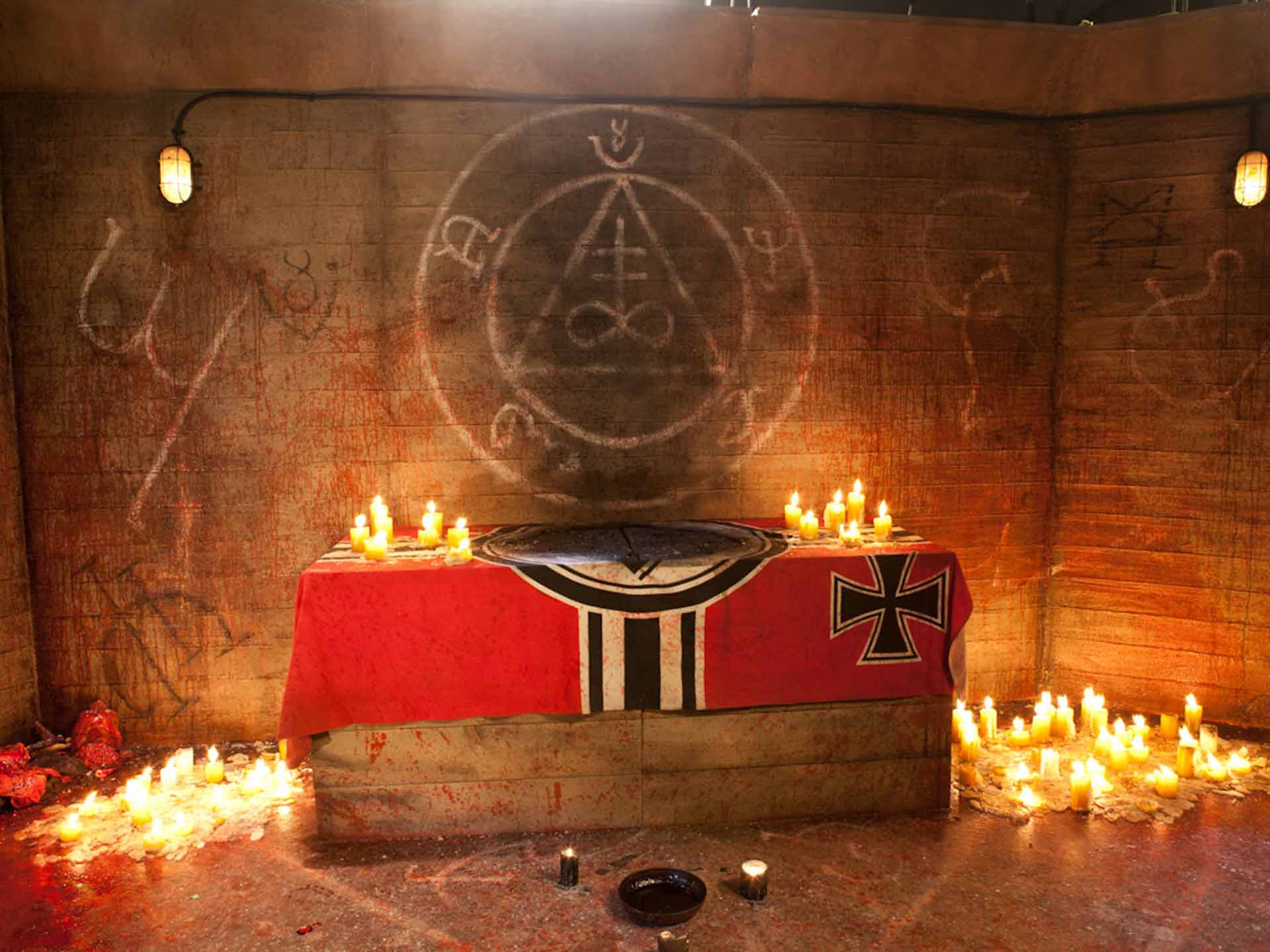
As VOD started to become a thing, I seem to remember that there was a certain worry amongst film fans that the serendipity of discovering a film that you didn’t know that you needed in your life, via a cinema visit or on broadcast television in those enigmatic late-night hour, would be lost.
But so it was that The Devils Rock caught my eye. Perusing a popular VOD platform late at night, due to not being able to sleep because of back pain caused by a COVID infection, I was drawn in when I saw the films poster and then got sold in by its incredibly particular synopisis. It must be very rare that a films location, be it a low budget independent or a juggernaut studio production, will be somewhere that one knows incredibly well but in my case it was true.
In fact, I would go so far as to say that the film’s unusual location happens to be one of my favourite pieces of architecture and a place that I know quite intimately, after studying it extensively in person with a camera but also on paper in sketches and drawings. My family were resident on Guernsey for 10 years, when my father was Curator in Chief of the island’s museums, and a member of the Occupation Society. Due to my father’s work I also became a keen ‘bunkerer’ and spent many hours discovering Atlantic Wall relics across the Channel Islands, North European coastline, and latterly Germany & Austria (I am now a full-time resident in Munich).
the film’s unusual location happens to be one of my favourite pieces of architecture, and a place that I know quite intimately
I will also go on record as saying that I have a soft spot for Hammer movies, specifically the films produced by the studio in the late 1960s and early 1970s. Films like The Devil Rides Out or The Werewolf are standout productions because if watched at the wrong time, say in the daytime, they will look cheap and not particularly unnerving but, when viewed at the right time of night, these films possess a peculiar capacity toget right under your skin despite their famously restrictive budgets.
I loved The Devils Rock because it really reminded me of many of these Hammer films, because, like them, it achieved a marvellous sense of place through its mix of real locations and studio scenography cut together, an alchemy of realism and theatrics that had an unsettling effect. This goes beyond what is on screen. The elements of which, both in Rock and in Hammer, were not particularly frightening in themselves, in the sense that they make you aware that they are make-up and prosthetics and fake blood and gore – but the fear factor is found in the suggestion of terror, but not in the way as a clever psychological horror works. The genious of films like these lies somewhere else.
